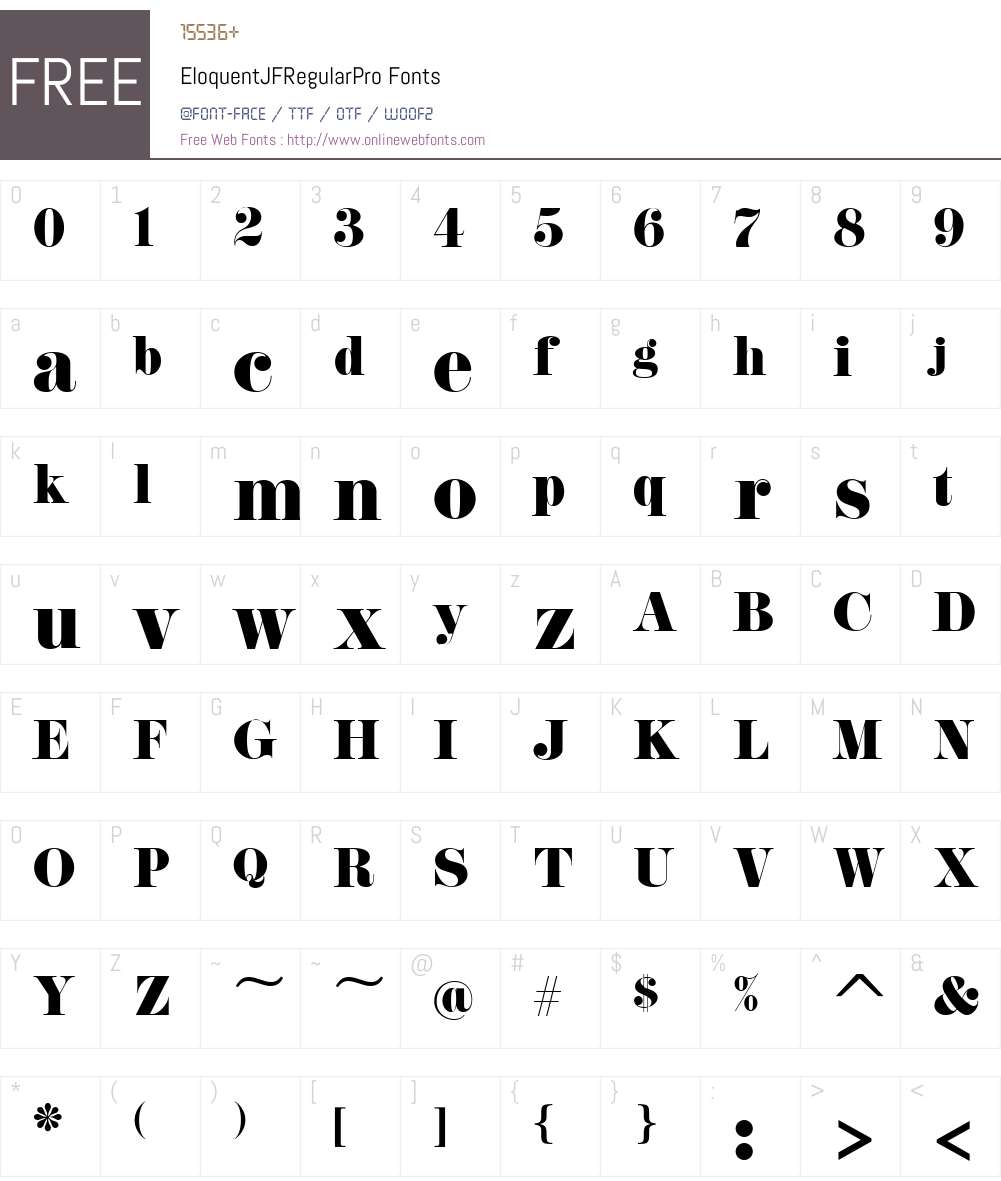

We introduced these bars in 2013 because readers wanted to know more about some of the likely reasons behind the large differences we find. The main change is that this year we have removed the coloured sub-bars showing our attempts to explain the differences we find in national happiness. Our key figure 2.1 continues to rank countries by their average life evaluations over the three preceding years, with that average spanning the three COVID-19 years of 2020-2022. In our first section, we present our annual ranking and modelling of national happiness, but in a way slightly different from previous practice. Our main analysis relates to happiness as measured by life evaluations and emotions, how they have evolved in crisis situations, and how lives have been better where trust, benevolence, and supportive social connections have continued to thrive. We thus have more evidence about how life evaluations, trust and social connections together influence the ability of nations, and of the world as a whole, to adapt in the face of crisis. Trust and benevolence in times of crisisīy any standard, 2022 was a year of crises, including the continuing COVID-19 pandemic, war in Ukraine, worldwide inflation, and a range of local and global climate emergencies.


Inequality of happiness before and during COVID.Measuring and Explaining National Differences in Life Evaluations.


 0 kommentar(er)
0 kommentar(er)
